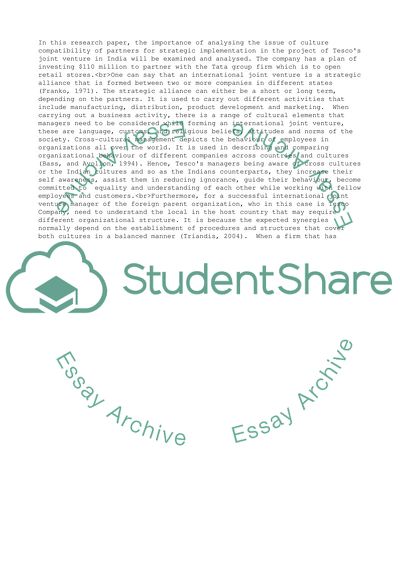Cite this document
(Tesco in India Essay Example | Topics and Well Written Essays - 2000 words - 6, n.d.)
Tesco in India Essay Example | Topics and Well Written Essays - 2000 words - 6. https://studentshare.org/management/1822783-tesco-in-india
Tesco in India Essay Example | Topics and Well Written Essays - 2000 words - 6. https://studentshare.org/management/1822783-tesco-in-india
(Tesco in India Essay Example | Topics and Well Written Essays - 2000 Words - 6)
Tesco in India Essay Example | Topics and Well Written Essays - 2000 Words - 6. https://studentshare.org/management/1822783-tesco-in-india.
Tesco in India Essay Example | Topics and Well Written Essays - 2000 Words - 6. https://studentshare.org/management/1822783-tesco-in-india.
“Tesco in India Essay Example | Topics and Well Written Essays - 2000 Words - 6”. https://studentshare.org/management/1822783-tesco-in-india.


